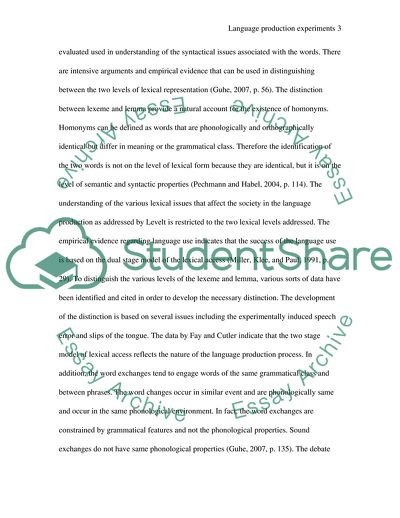Cite this document
(Evidence of Language Production Models through Experiment Essay, n.d.)
Evidence of Language Production Models through Experiment Essay. https://studentshare.org/english/1801571-speech-production-in-language-production
Evidence of Language Production Models through Experiment Essay. https://studentshare.org/english/1801571-speech-production-in-language-production
(Evidence of Language Production Models through Experiment Essay)
Evidence of Language Production Models through Experiment Essay. https://studentshare.org/english/1801571-speech-production-in-language-production.
Evidence of Language Production Models through Experiment Essay. https://studentshare.org/english/1801571-speech-production-in-language-production.
“Evidence of Language Production Models through Experiment Essay”. https://studentshare.org/english/1801571-speech-production-in-language-production.


